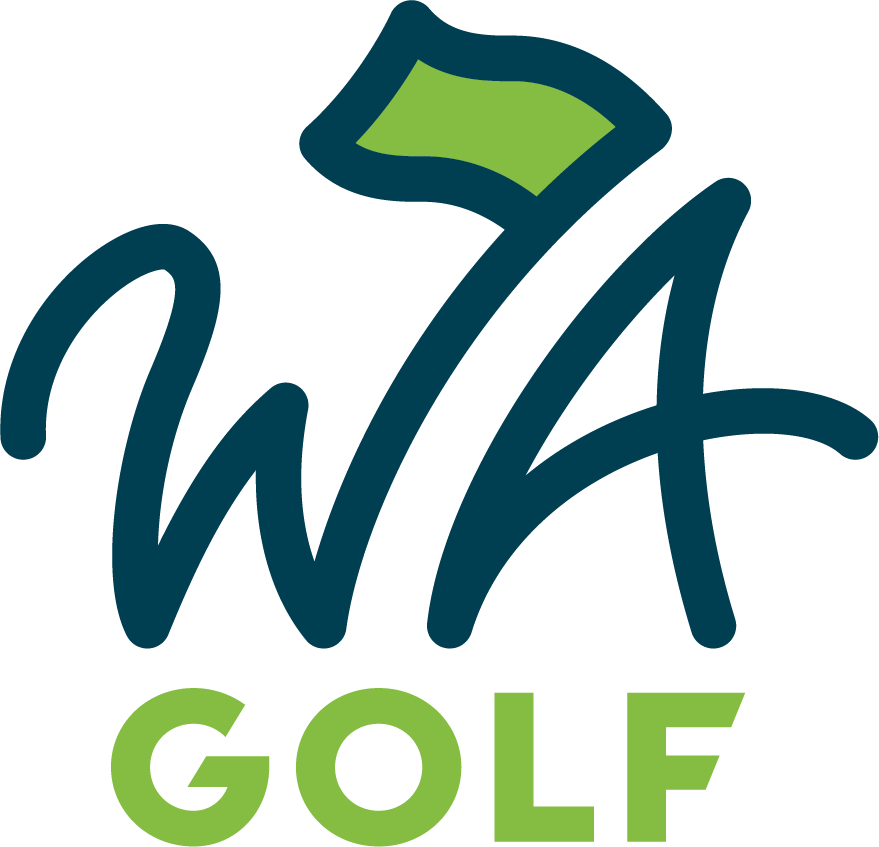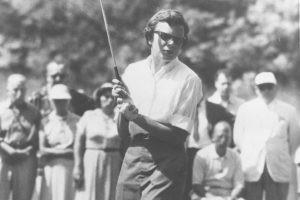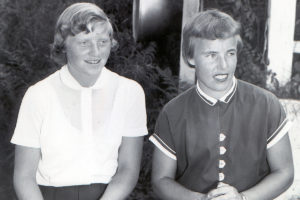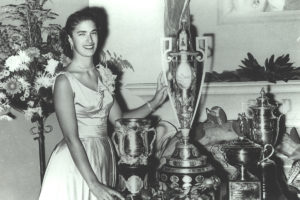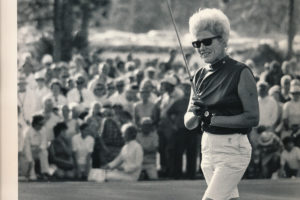Beginning in 1955, there was a 13-year period during which there were only two years when a Washington golfer was not in the final of the U.S. Women’s Amateur Championship.
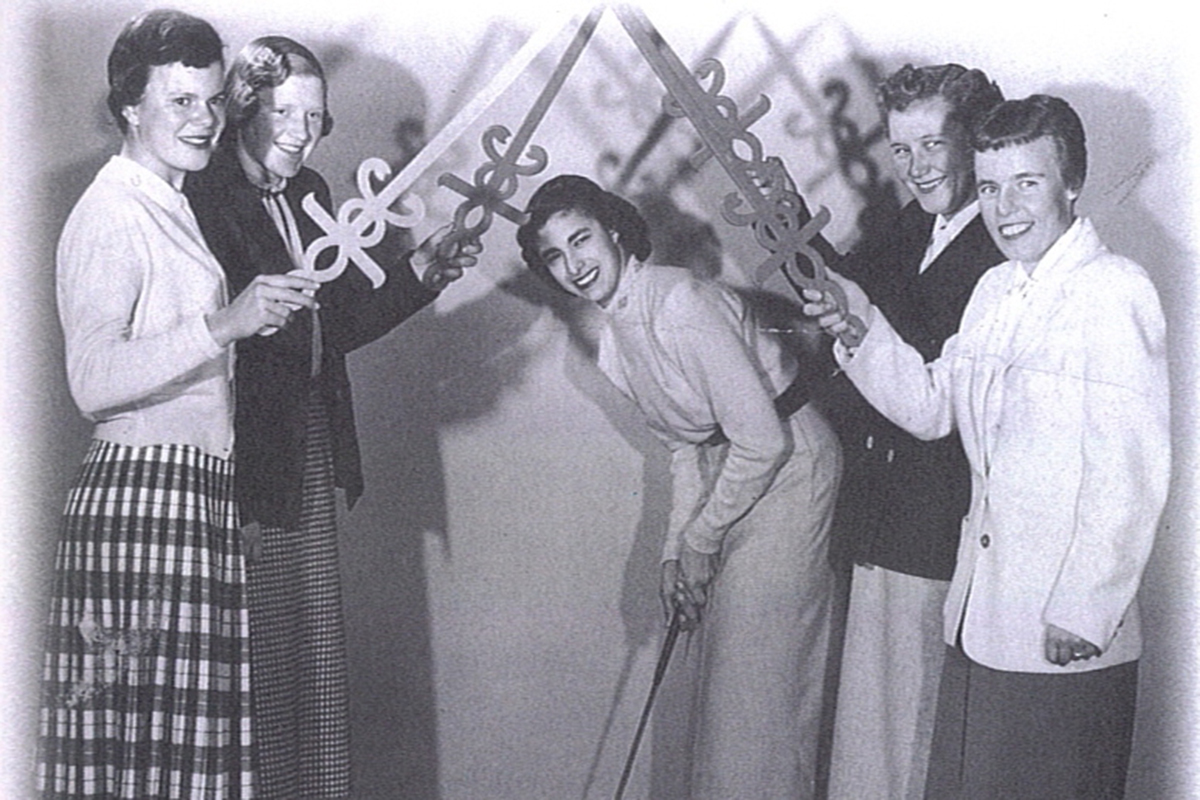
- 1955 Patricia (Lesser) Harbottle – Champion
- 1956 JoAnne (Gunderson) Carner – Finalist
- 1957 JoAnne (Gunderson) Carner – Champion
- 1958 Anne (Quast) Sander – Champion
- 1960 JoAnne (Gunderson) Carner – Champion
- 1961 Anne (Quast) Sander – Champion
- 1962 JoAnne (Gunderson) Carner – Champion
- 1963 Anne (Quast) Sander – Champion; Peggy Conley – Finalist
- 1964 JoAnne (Gunderson) Carner – Finalist
- 1965 Anne (Quast) Sander – Finalist
- 1966 JoAnne (Gunderson) Carner – Champion
- 1968 JoAnne (Gunderson) Carner – Champion; Anne (Quast) Sander – Finalist
Anne (Quast) Sander was born in Everett and learned the game at nearby Marysville’s Cedarcrest Golf Course, which her parents owned. She would win three U.S. Women’s Amateur titles, four U.S. Senior Women’s Amateurs, two Washington State Women’s Golf Association state titles and three state Junior Girls’ titles, among many other accomplishments.
JoAnne (Gunderson) Carner was nine years old when she and her brother Bill discovered they could make money by selling golf balls they found near the now-defunct Juanita Golf Course in Kirkland, where they grew up. From those humble beginnings, the irrepressible “Great Gundy” carved a monumental amateur career by winning five U.S. Women’s Amateurs, the 1956 U.S. Girls’ Junior and three PNGA titles, among others. She would go on to win 43 titles on the LPGA tour, including the 1985 Safeco Classic at Kent’s Meridian Valley Country Club, as well as two U.S. Women’s Opens. (Her brother Bill would later win three Washington Senior Men’s Amateur titles.)
At age 13, Patricia (Lesser) Harbottle was introduced to the game in Seattle by her father, Colonel Louis Lesser. At age 14, she won her first Seattle Women’s Golf Association title. At 17, she won the U.S. Girls’ Junior, and at 18 was the Low Amateur in the 1951 U.S. Women’s Open. Patricia would win three PNGA Women’s Amateur titles, star on the Seattle University men’s golf team, win the 1955 U.S. Women’s Amateur, and take two Washington State Women’s Golf Association titles.
Ruth Jessen honed her game at Seattle’s Jackson Park Golf Course. A spitfire who tore through the state’s amateur scene in the mid-1950s, Ruth was medalist in the 1954 U.S. Girls’ Junior, and in 1954 won the WSWGA Amateur, the Seattle City Women’s Amateur (for the third year in a row), the Lower Columbia Women’s Championship, the Apple Blossom Amateur in Yakima, and the PNGA Women’s Amateur. She repeated at the 1955 PNGA Women’s Amateur. She played one year on the Seattle University men’s golf team before turning pro at the age of 19. With her outgoing personality and colorful outfits, Ruth was a gallery favorite on the LPGA Tour, where she would win 11 times, and finished second twice in the U.S. Women’s Open (losing an 18-hole playoff to Mickey Wright in 1964).
Before moving to Seattle, Edean (Anderson) Ihlanfeldt won six consecutive Montana State Women’s Amateur titles. She would go on to win five PNGA Women’s Amateurs and three Senior Women’s Amateurs, and four Washington State Women’s Golf Association state titles. She would win two national titles – the 1952 Canadian Women’s Amateur and the 1982 U.S. Senior Women’s Amateur. In 1975, she founded the women’s golf program at the University of Washington, declining to take a salary, instead preferring the money be directed back into the program.

